Our minds have a remarkable ability to gather the information we seek and disregard surrounding information we don’t deem necessary. We’re not just talking about the cognitive blind spots of the folks you’d just as soon ignore on Facebook! There are little, everyday things that become effectively invisible to many of us. For instance, consider the dashboard in your car. There’s a small arrow next to the gas gauge that you’ve probably seen a million times and not really thought about. It actually indicates which side of your car the gas tank is on. Most people will look at the gauge countless times to see the fuel level, but will still have a hard time remembering the correct way to pull up to the pump. Well, in the same way, most tape measures have markings that we tend to ignore. But, if we know what their purpose is, or that they’re there in the first place, those markings might help us work much more efficiently. So, let’s take a closer look at the information tape measure markings give us.
Tape Measure Markings
The Gas Gauge of Markings
We don’t have to spend much time talking about those markings that everyone uses: inches, feet, and the fractional 1/16-inch hash marks that make them up. But, it’s important to note that not all tapes are created equally. Some have helpful fractions printed in addition to the hash marks (1/8, 1/4, etc). Others have markings on the bottom of the tape that are exactly half of the markings on the top of the tape. Why?
To make marking the halfway point of a board easier. Still, others may include the measurement in terms of feet and inches after the 1-foot mark (a marking of 1’5″ at the 17″ mark, for example). And finally, you’ll sometimes see Imperial markings on top of the tape and Metric markings on the bottom. Just know what units you’re using!
The Gas Tank Arrow of Markings
Alright, so now we’ll move on to the oft-ignored tape measure markings. If you look at the 16-inch mark, you’ll see that it’s set off by color, size, or both. The same with the 32-inch mark and the 48-inch. That’s because standard building codes dictate that supporting wall members (studs) must be sixteen inches apart on center. When a builder constructs a wall, these marks make it easy to place studs in compliance with building codes. This spacing results in seven studs in an 8-foot span (8-feet being the standard length of sheet goods like drywall and plywood). And if you happen to know where one stud is in a finished wall, you can be quite certain when locating the rest of them using these stud marks.
The Mysterious Black Diamond
Of all tape measure markings, the black diamonds are the most curious. In the unlikely event that someone notices them at all, they won’t seem to have any rhyme or reason being at 19-3/16, around 38-13/32, then 57-19/32, and so on. But these black diamonds are important as they are truss, or black truss, indicators. Whereas the 16-inch markings provide the spacing for seven studs in an 8-foot span, black truss diamonds provide the spacing for six trusses under a standard sheet of plywood.
A quick caveat: true black truss diamonds will most likely be found on longer, professional tapes. We have two tapes made by the same manufacturer in front of us right now. The 25-foot tape has true black truss diamonds. The 6-foot tape has black diamonds at the 16-inch center increments. Like we said, just make sure you know what units you’re measuring!
High Tech, Low Info
Any tradesman knows it’s best to use the right tool for the job, so we welcome new technology when it improves productivity. We really dig laser distance measures for their speed and accuracy. But, if it wasn’t already clear that laser distance measures are great for broad measuring applications, they’re not necessarily helpful for layout. In this case, despite these technological advancements in laser measuring, our low-tech tape measures give us more useful information. In fact, we’d be way behind the times without our standard, tried-and-true tape measure markings! And that’s to say nothing of tapes with pipe bending schedules and specialty information – but we’ll save that for another discussion!
If you’re a Pro and you have a tape measure tip, add it in the comments below!

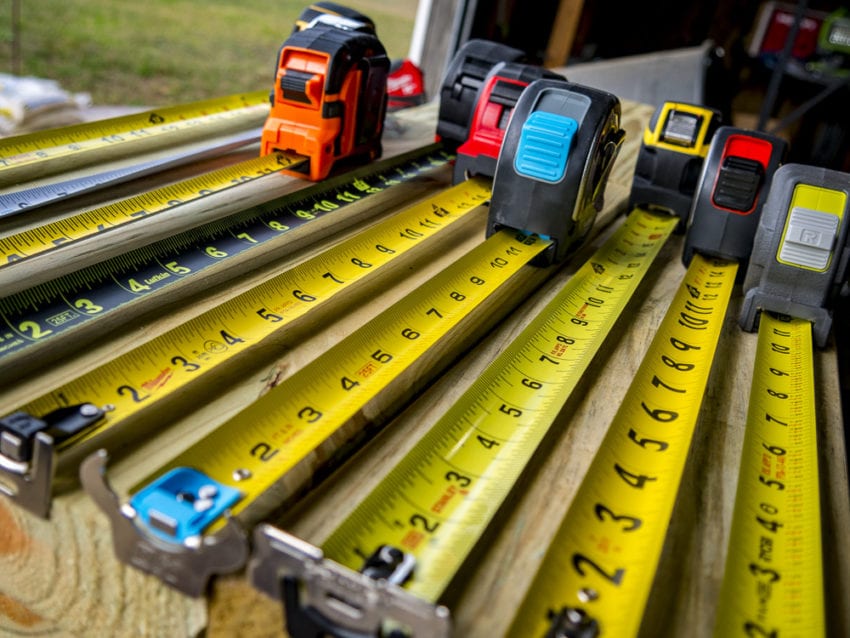
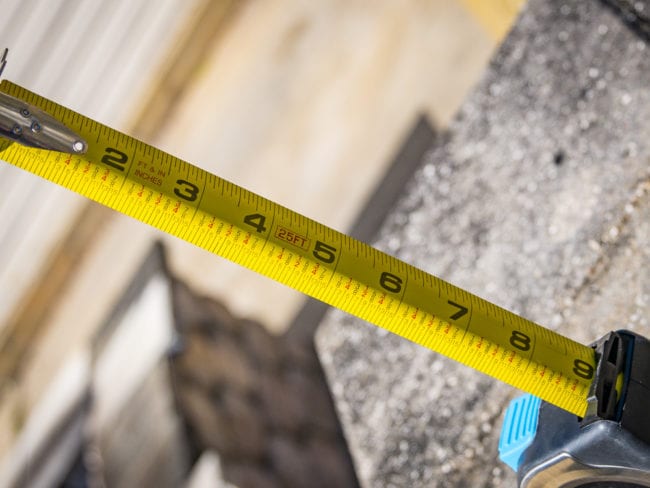
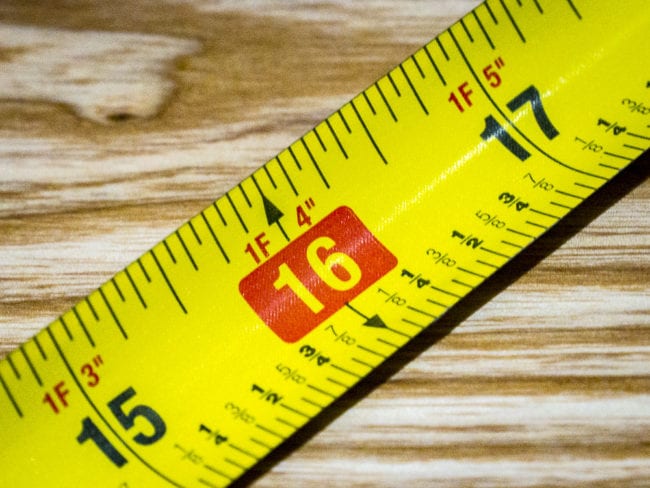
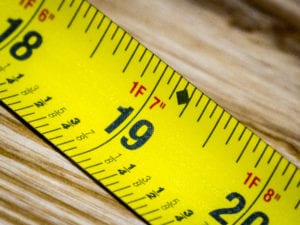
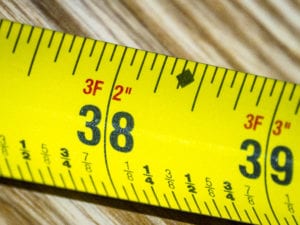
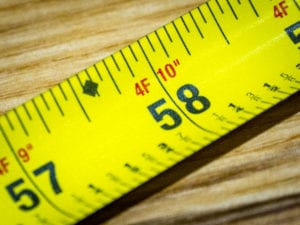
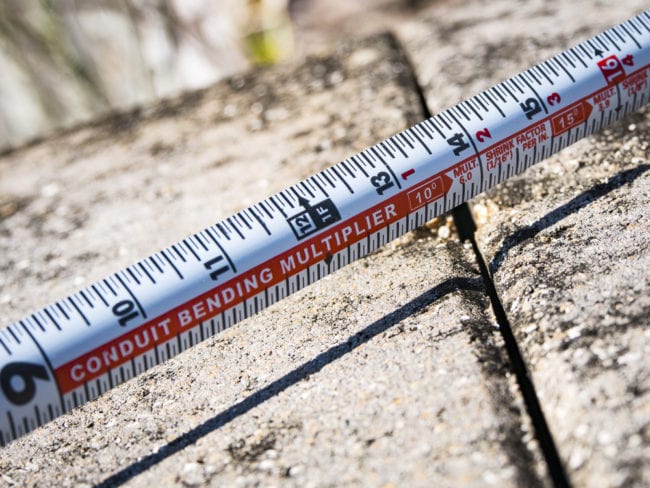


And on Dollar Tree tapes!
you can hang then lock the meassuring tape so that its not touching the bottom to use as a leveler to indicate where to screws go on a drywall or plywood w/o the need to mark a line to hit the studs with.the screws
I knew what the stud marks were, but not the truss marks.
Check out the Johnson Level patented PlanReader series of tape measures. Large printed numbers on front and a full 1/8″ & 1/4″ architect scale on back. Great for all trades when reading blueprints.